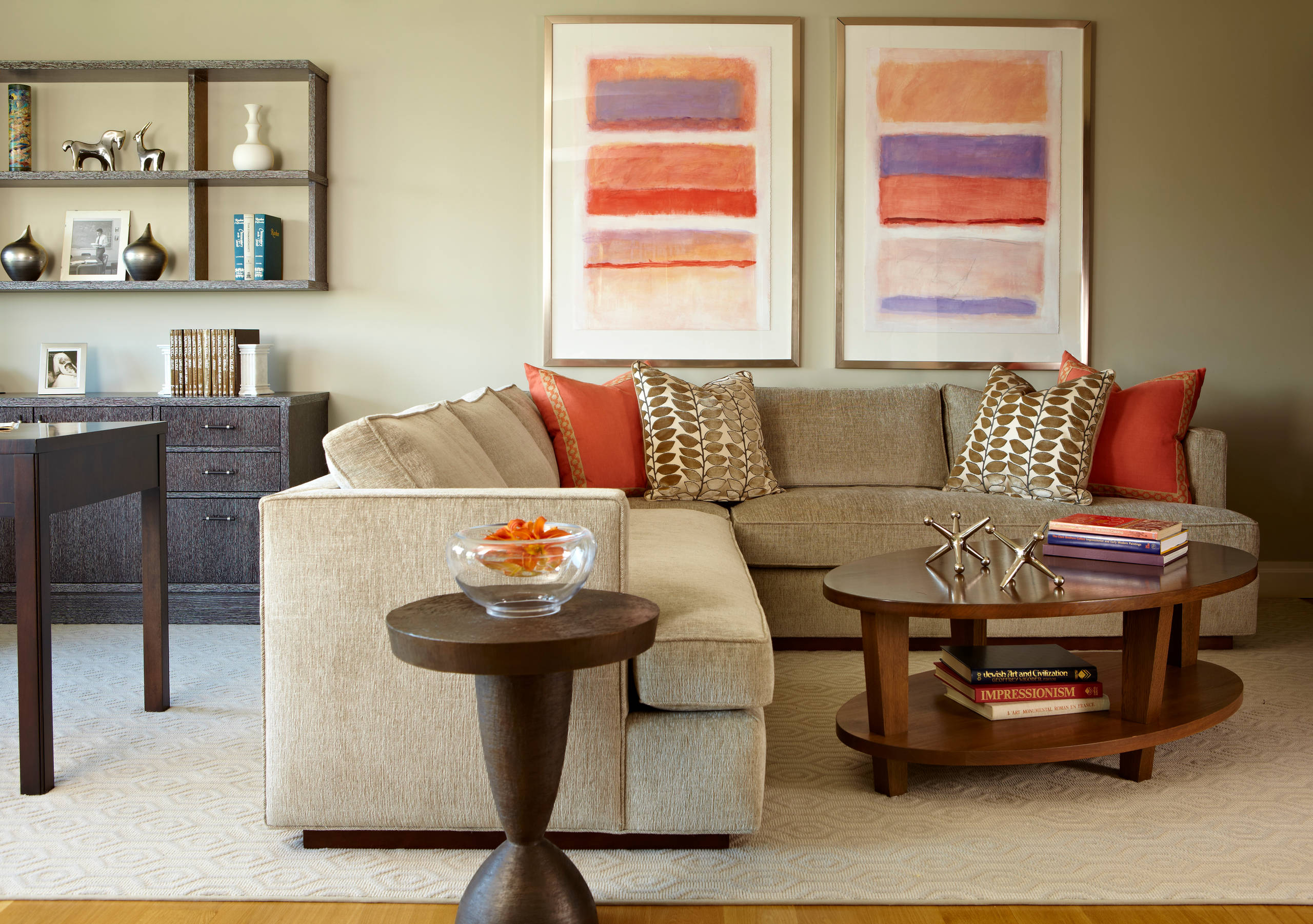Furniture is one of the most personal investments you can make in your home. It defines how you live, how you rest, how you host, and how you express your style. And yet—so much of what people believe about furniture shopping and interior design is based on outdated assumptions.
At What’s New Furniture, we’ve seen firsthand how the right piece can transform a room—but only when it’s chosen with clarity, not misconceptions. You don’t need to chase trends. You don’t need to fill every corner. And you definitely don’t need to sacrifice comfort for style.
Here are six furniture myths that continue to mislead homeowners—and how rethinking them can help you create a space that truly fits your life.
Myth #1: Everything Has to Match
Walk into a big-box showroom and you’ll see furniture sets displayed like a catalog: identical end tables, matching lamps, coordinated upholstery.
While symmetry might look tidy, it often robs a room of personality. Matching everything can make a space feel overly staged and rigid—like a hotel lobby.
In reality, mixing styles, finishes, and eras creates visual interest. A contemporary couch next to a vintage coffee table, or a sleek bookshelf flanked by rustic chairs, gives a room soul. When thoughtfully curated, these combinations look intentional—not chaotic.
If you’re shopping at a local furniture store, ask to see how different textures and tones can work together. A curated look doesn’t come from a single collection—it comes from layered decision-making.
Myth #2: Bigger Furniture = Better Comfort
Oversized sofas. Massive recliners. Huge sectionals.
It’s a common assumption that the bigger the furniture, the more comfortable it must be. But this is rarely true.
Comfort is about proportion—not just size. A chair too deep for your height can feel like a trap. A sofa that dominates the room leaves little space for movement. In smaller rooms, bulky pieces make everything feel cramped—even if they’re soft.
At What’s New Furniture, customers are often surprised to find that mid-scale pieces provide the best balance of comfort and flow. Test pieces in person when possible. A good fit isn’t just visual—it’s physical.
Myth #3: Good Furniture Must Be Expensive
Price does not always equal quality. Yes, well-crafted furniture requires investment—but that doesn’t mean affordable pieces can’t last or look great.
What matters more is construction, material, and usage. A $300 coffee table with solid wood and sturdy joinery can outlast a $1200 designer piece with a trendy veneer.
Local furniture store owners often source from under-the-radar brands or smaller manufacturers that focus on quality over hype. You might not find these names in glossy magazines—but you’ll feel the difference when the piece becomes part of your daily life.
Myth #4: Neutral Is Always Safer
There’s a widespread belief that neutral furniture is the “safe” choice—that color or pattern will quickly go out of style or be hard to match.
While neutrals do offer flexibility, they can also lead to spaces that feel flat, cold, or uninspired if overused.
Comfort and expression can coexist. A deep navy chair, a bold patterned bench, or a warm-toned wood table can all serve as anchors in an otherwise simple room. These elements add depth and invite the eye to linger.
The key is balance. Use color strategically and choose textures that feel inviting. Don’t be afraid to let a single piece stand out. It might be the exact touch your space is missing.
Myth #5: Online Furniture Shopping Is Just as Good
Convenient? Absolutely. But equivalent? Not quite.
There are limitations to online furniture shopping that often get overlooked. You can’t feel the texture of the fabric. You can’t test the comfort level. You can’t see how the light hits the finish in person.
Many people end up settling—or returning items—because what looked great on-screen doesn’t feel right in real life.
A visit to a quality furniture store gives you the tactile experience you simply can’t replicate online. You see how pieces interact with light, how drawers glide, how cushions respond. It’s not just shopping—it’s decision-making with confidence.
Whether you’re buying bookshelves or browsing sofas in Portland, don’t underestimate the power of physically interacting with your options before committing.
Myth #6: You Should Fill Every Empty Spot
Empty space is not a design failure. It’s a tool.
One of the most common decorating missteps is trying to fill every wall, every corner, every surface. But negative space gives a room breathing room. It lets standout pieces shine and allows the eye to rest.
Instead of asking, “What should go here?” consider asking, “Does anything need to go here?”
Minimal doesn’t mean bare. It means considered. And in many cases, that one open space does more for the room’s balance than an extra chair or accent.
This is especially true in transitional areas like hallways, between rooms, or near entrances. Let the space serve the home, not just carry objects.
Final Thought
Design isn’t about rules—it’s about resonance. It’s about how a room makes you feel when you step into it. It’s about building a space that reflects your priorities, comforts your body, and supports your rhythm of life.
To get there, you may need to unlearn a few things. Let go of perfect matching. Question the assumption that bigger is always better. Trust your sense of scale, movement, and comfort.
And most importantly, take your time.
When you visit a thoughtful furniture store like What’s New Furniture, you’re not just walking into a retail space. You’re stepping into a place designed to help you slow down, make choices based on feeling—not pressure—and bring home pieces that will actually work with your life.
Because the right furniture doesn’t just fill your home—it makes it yours.









